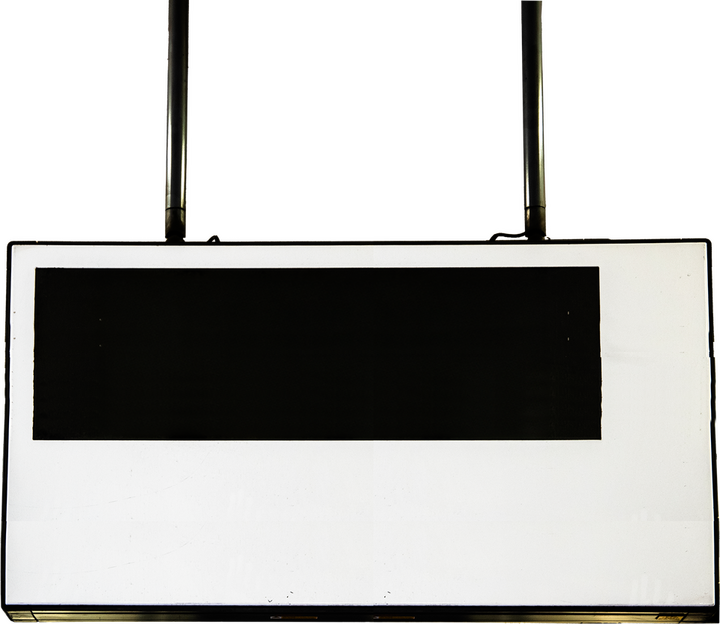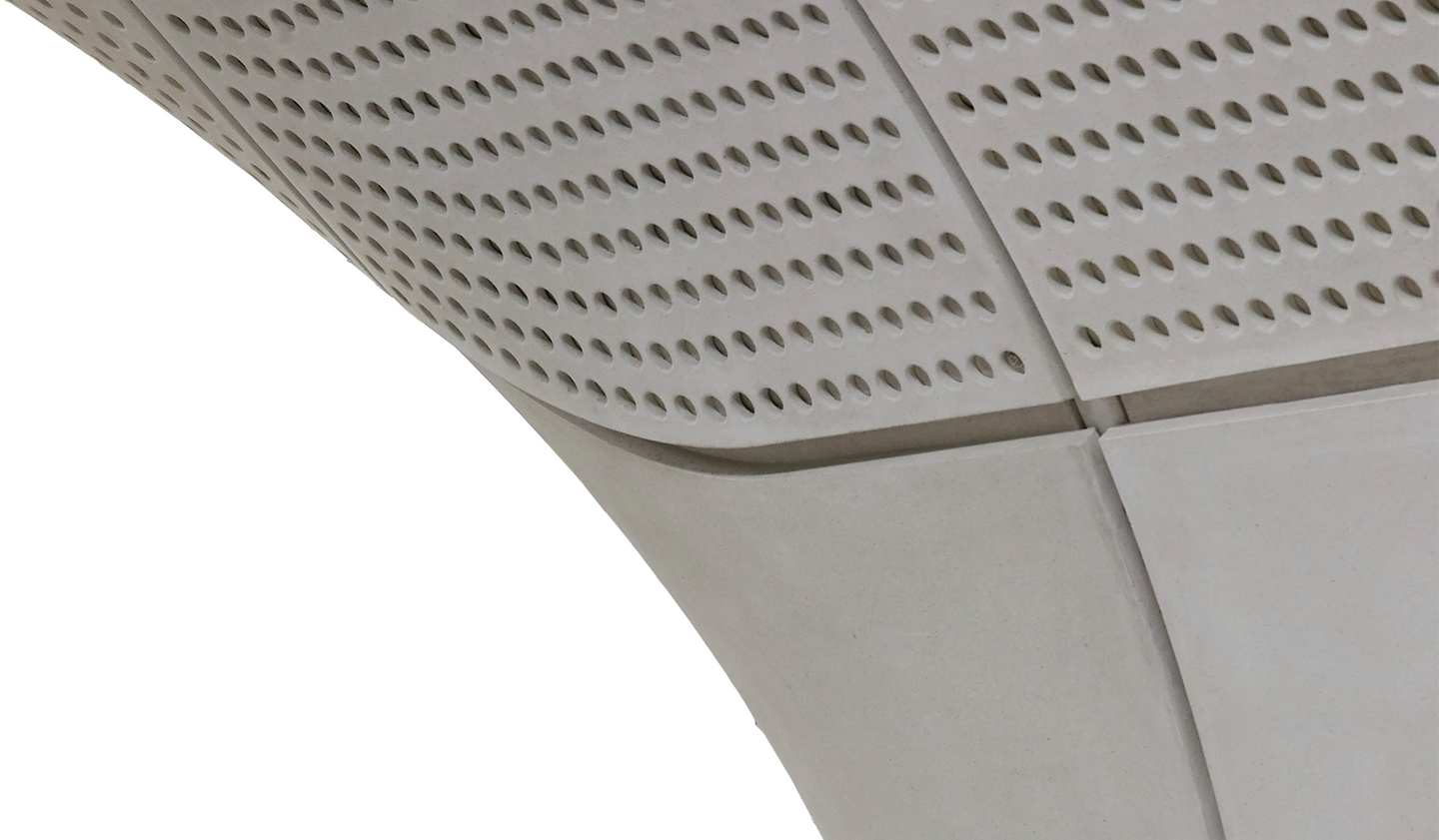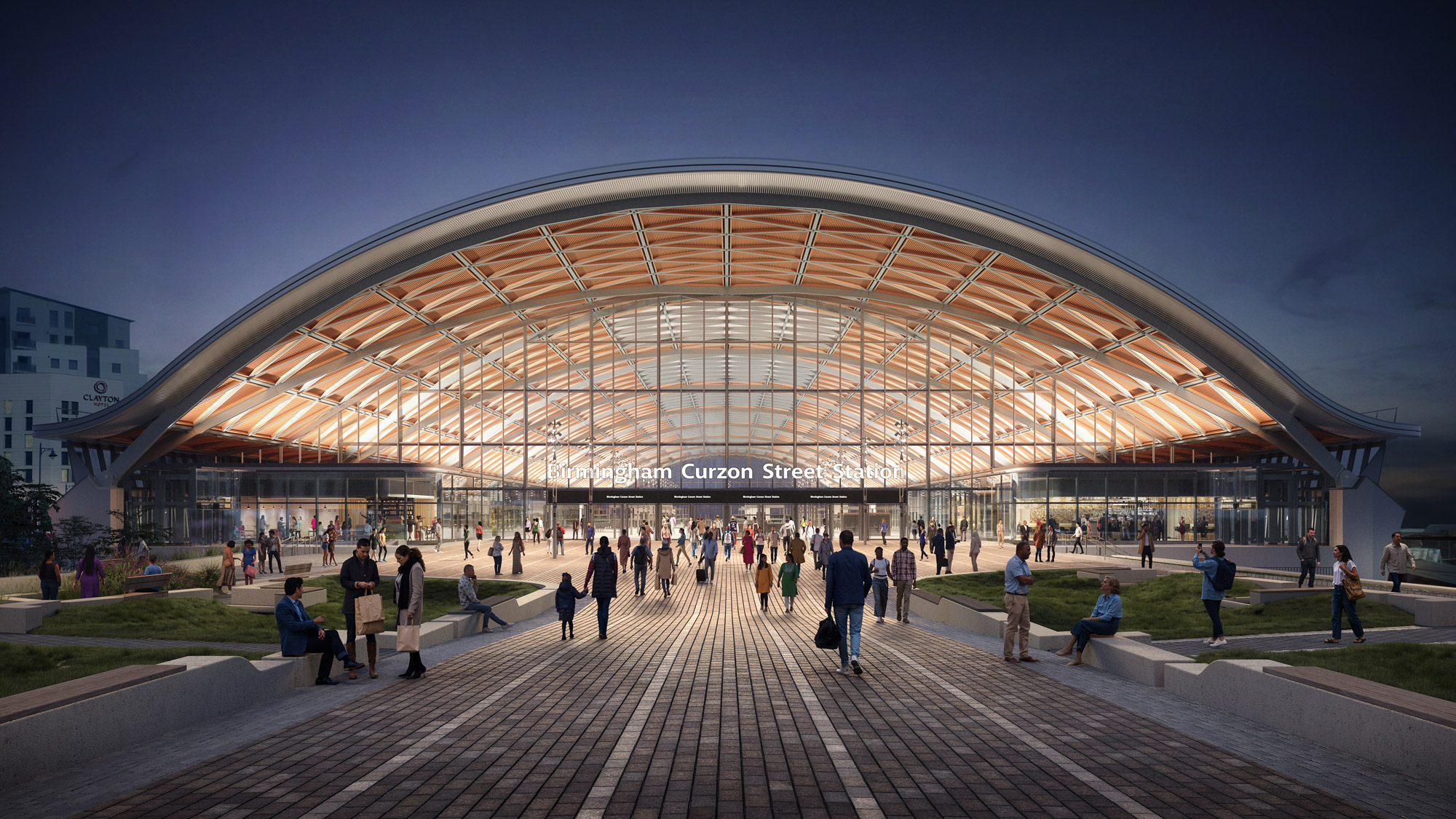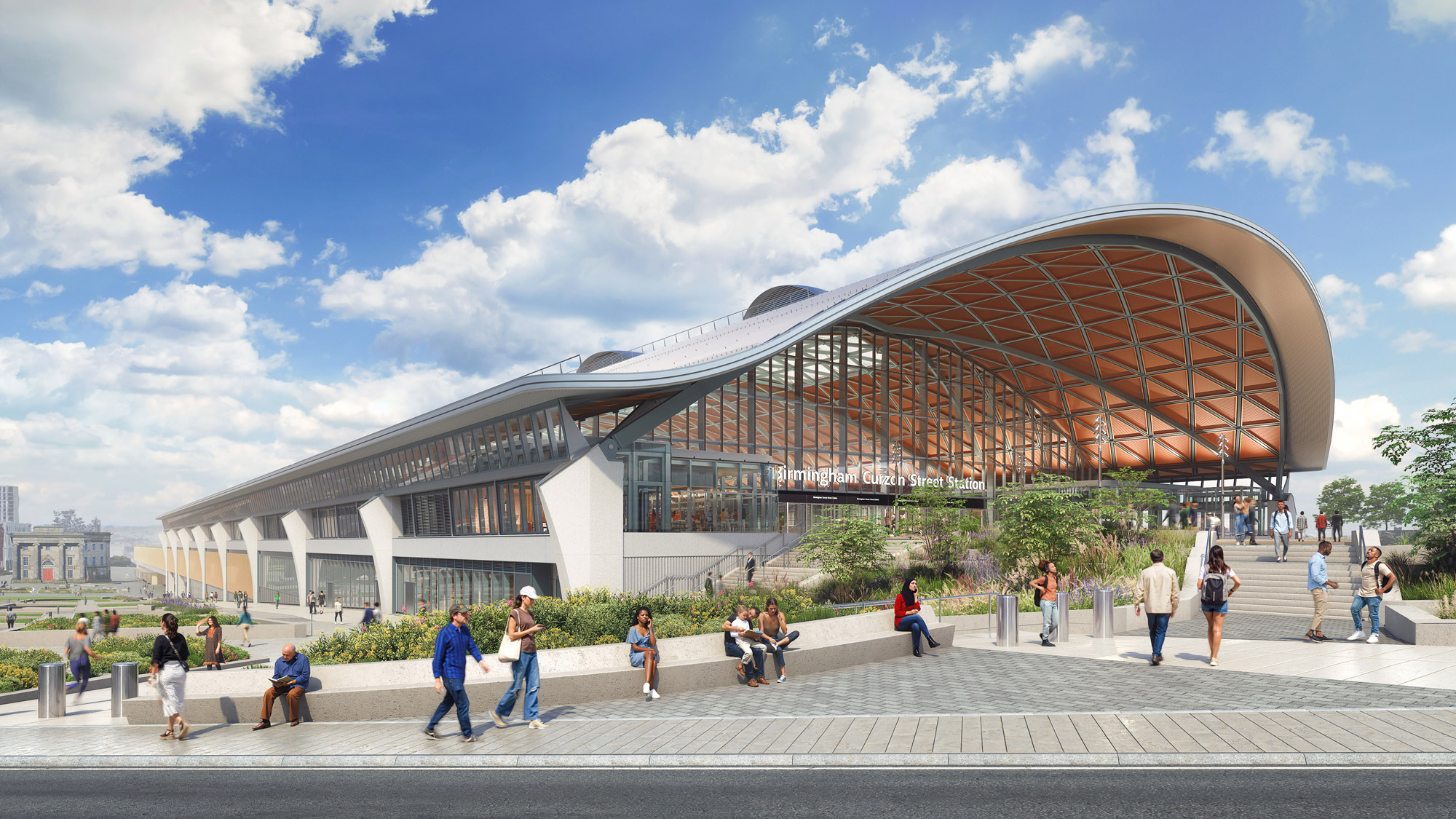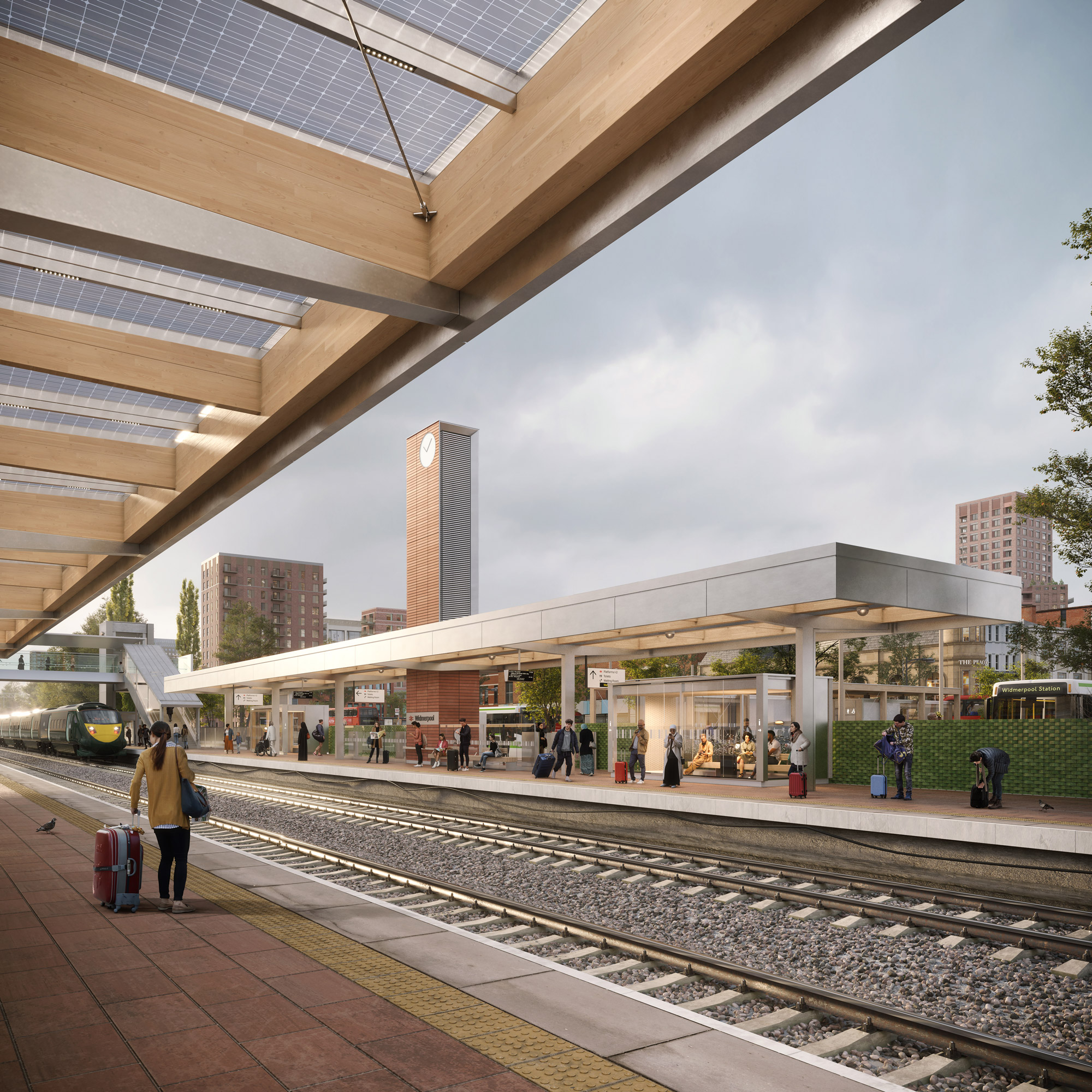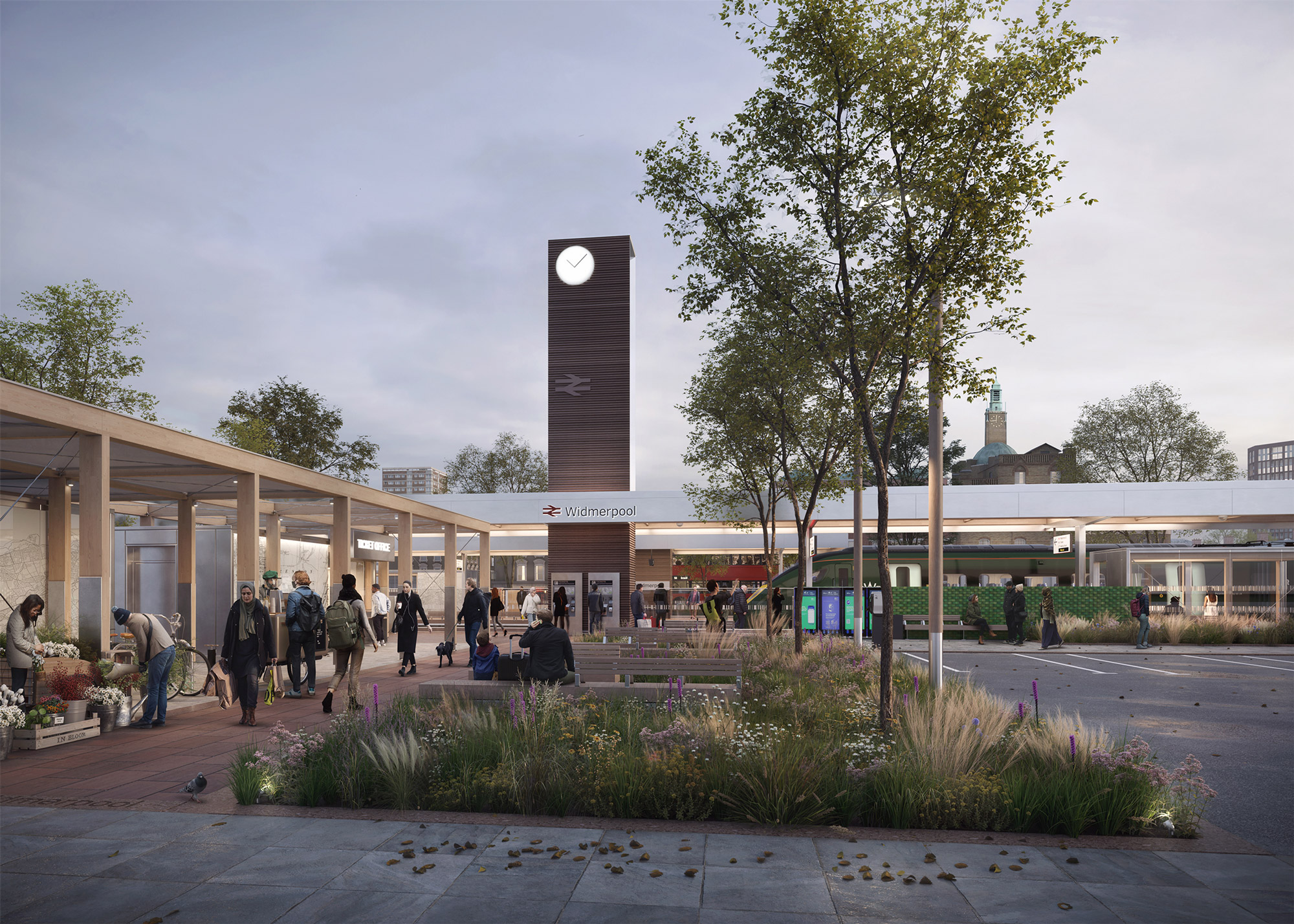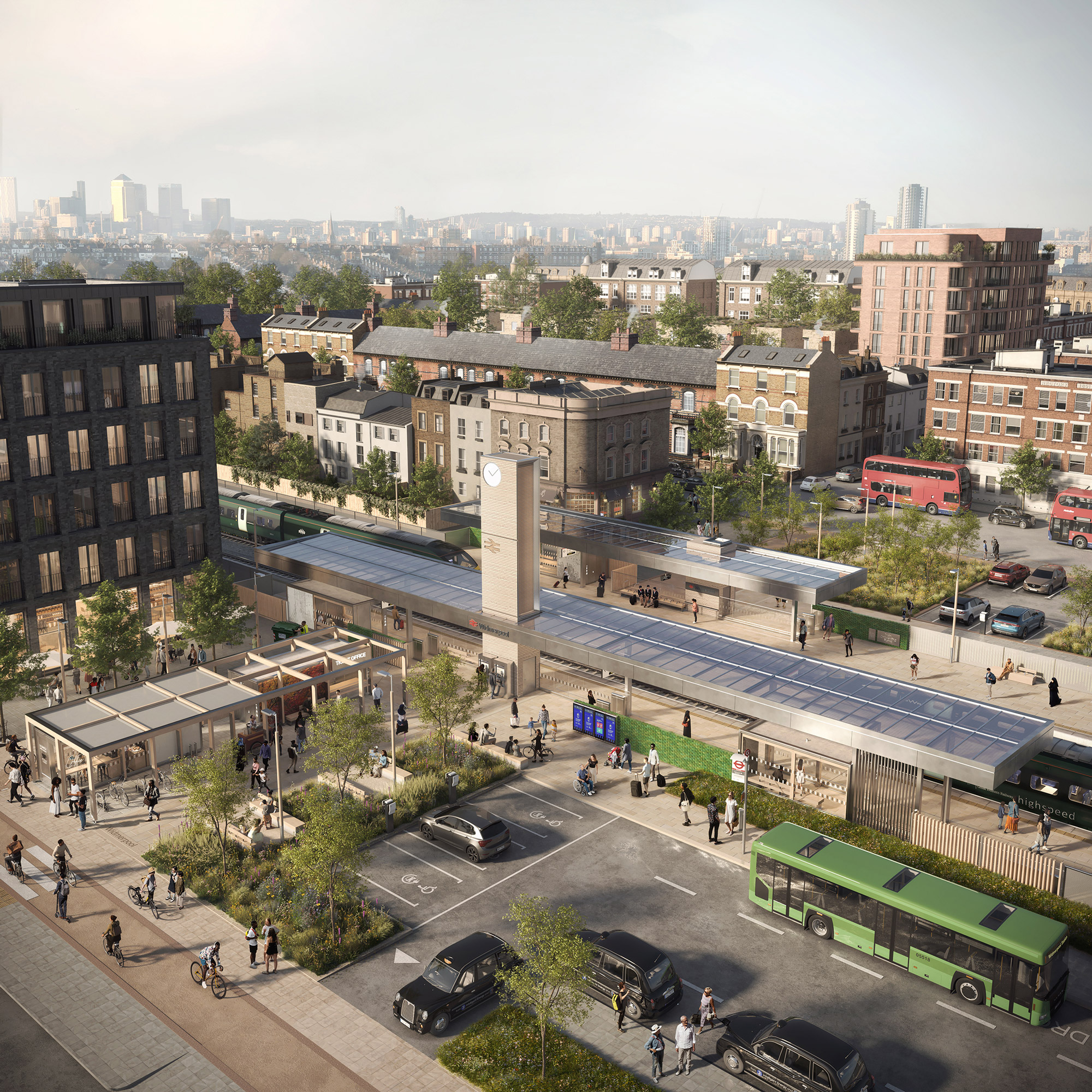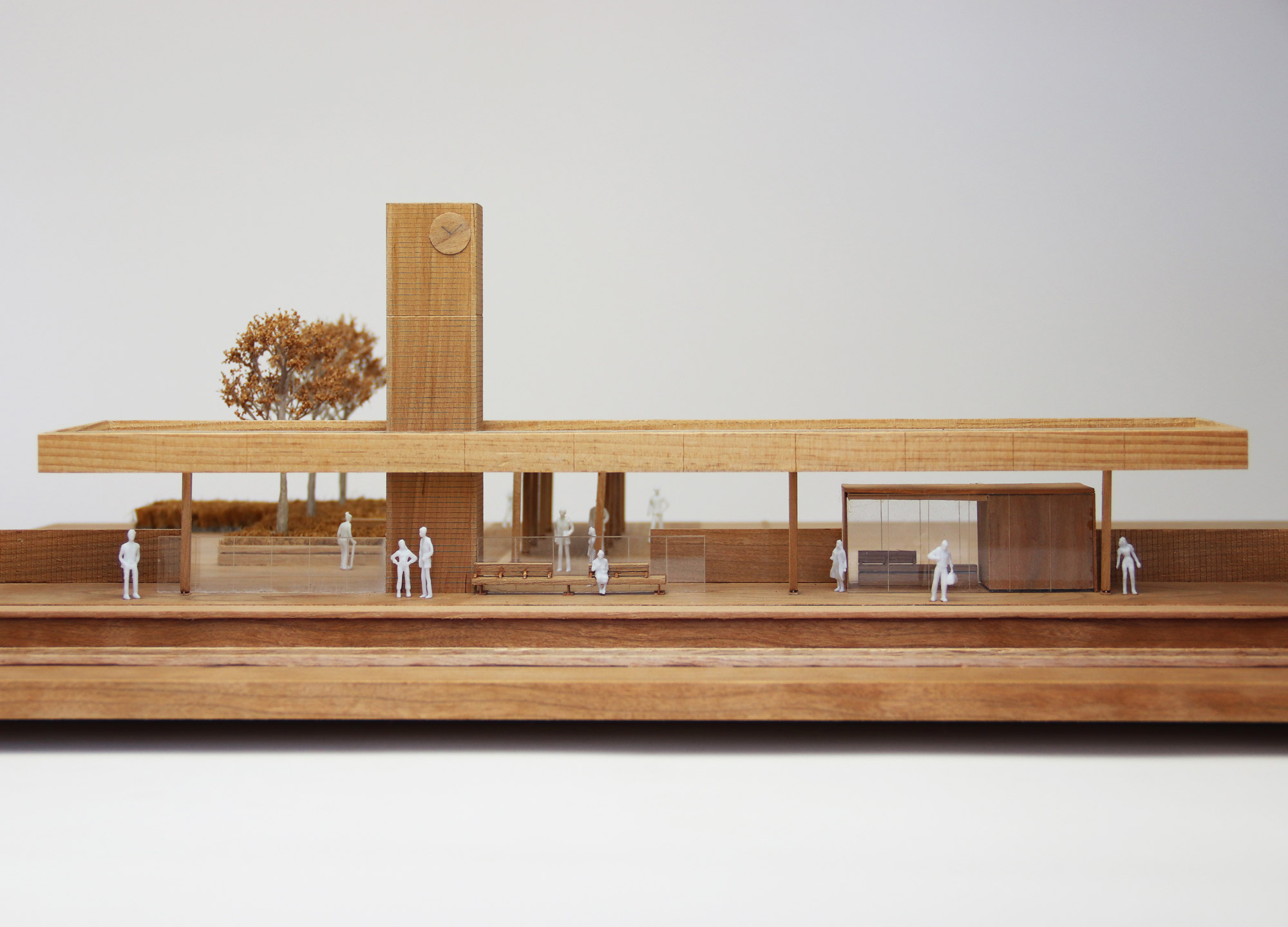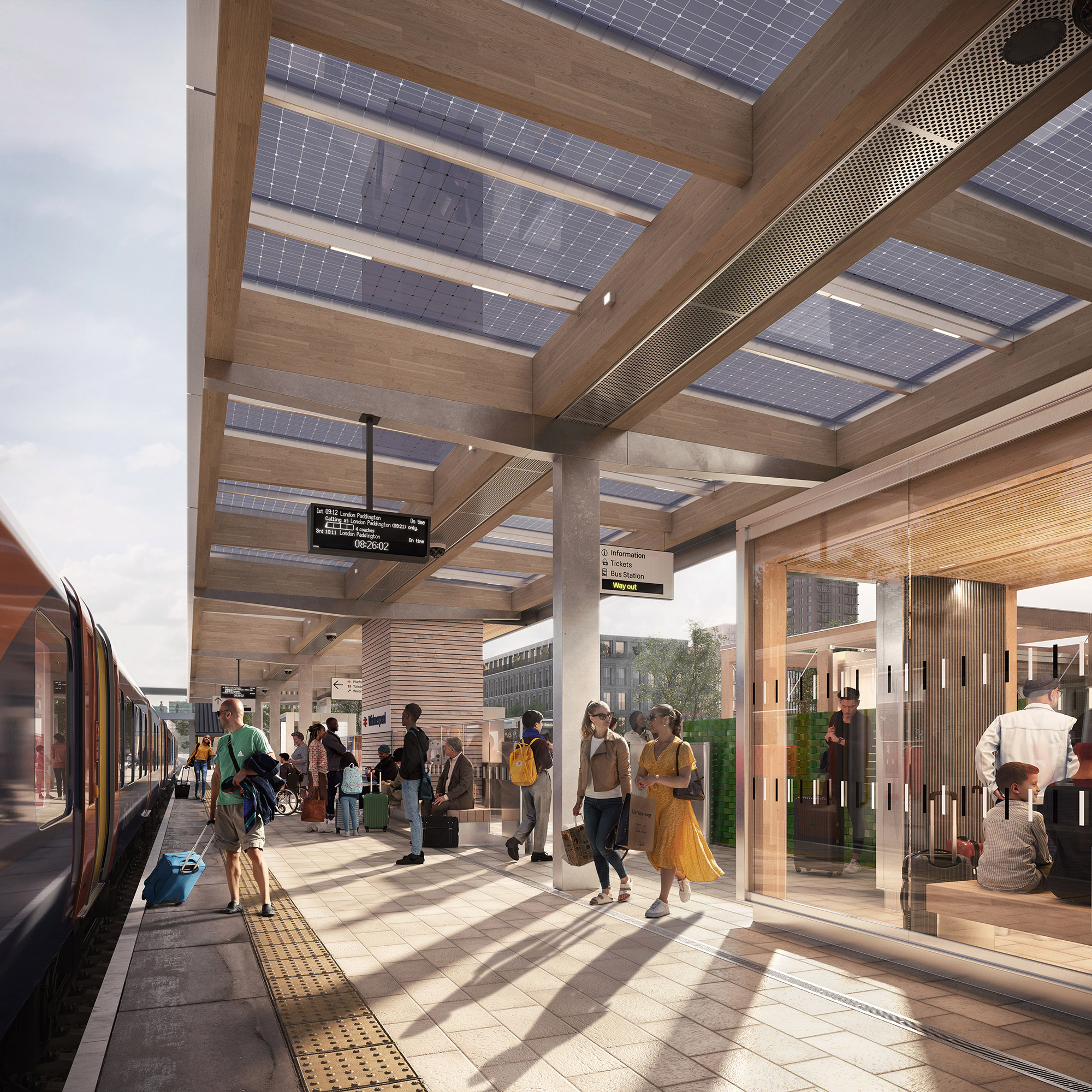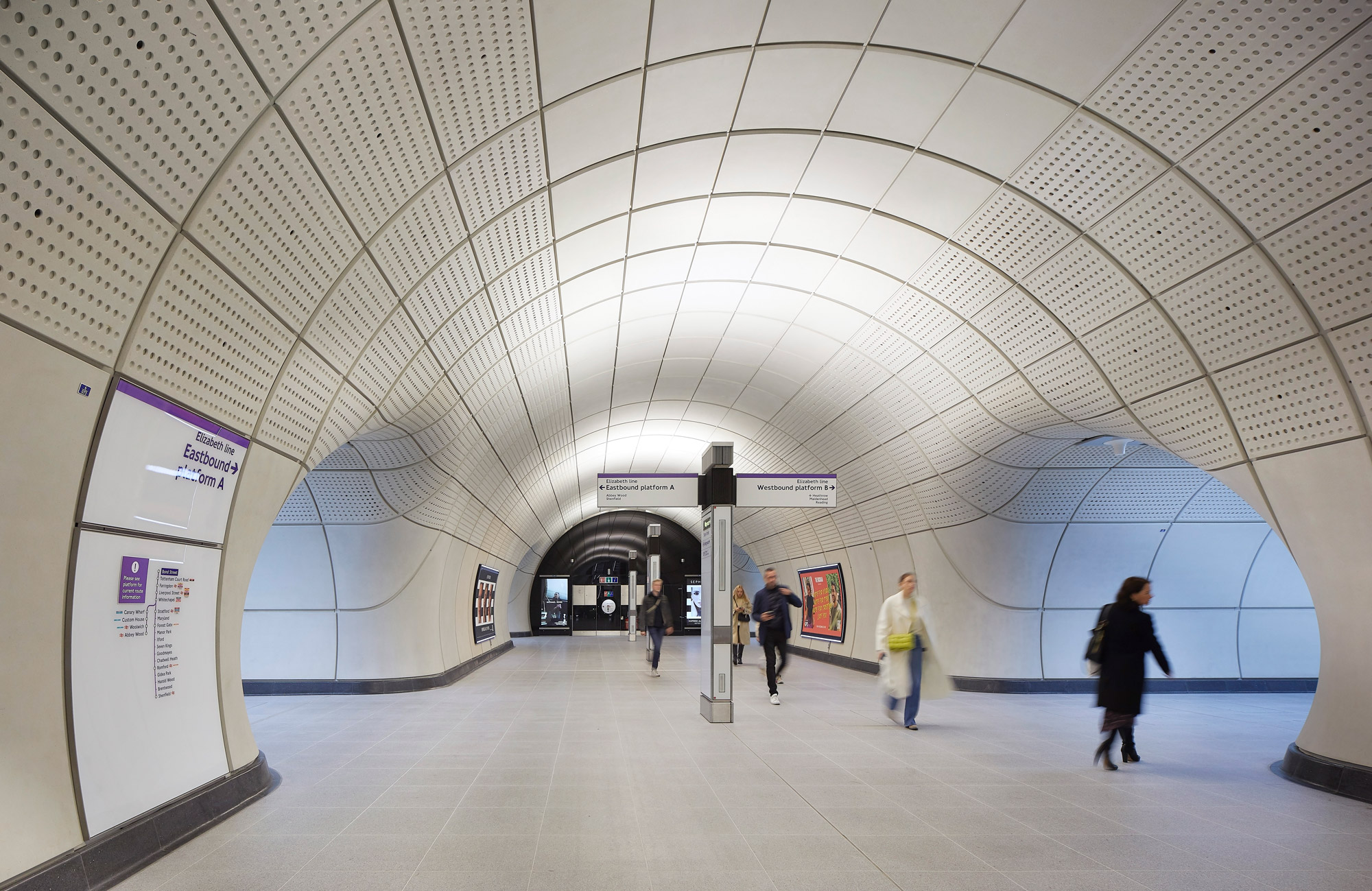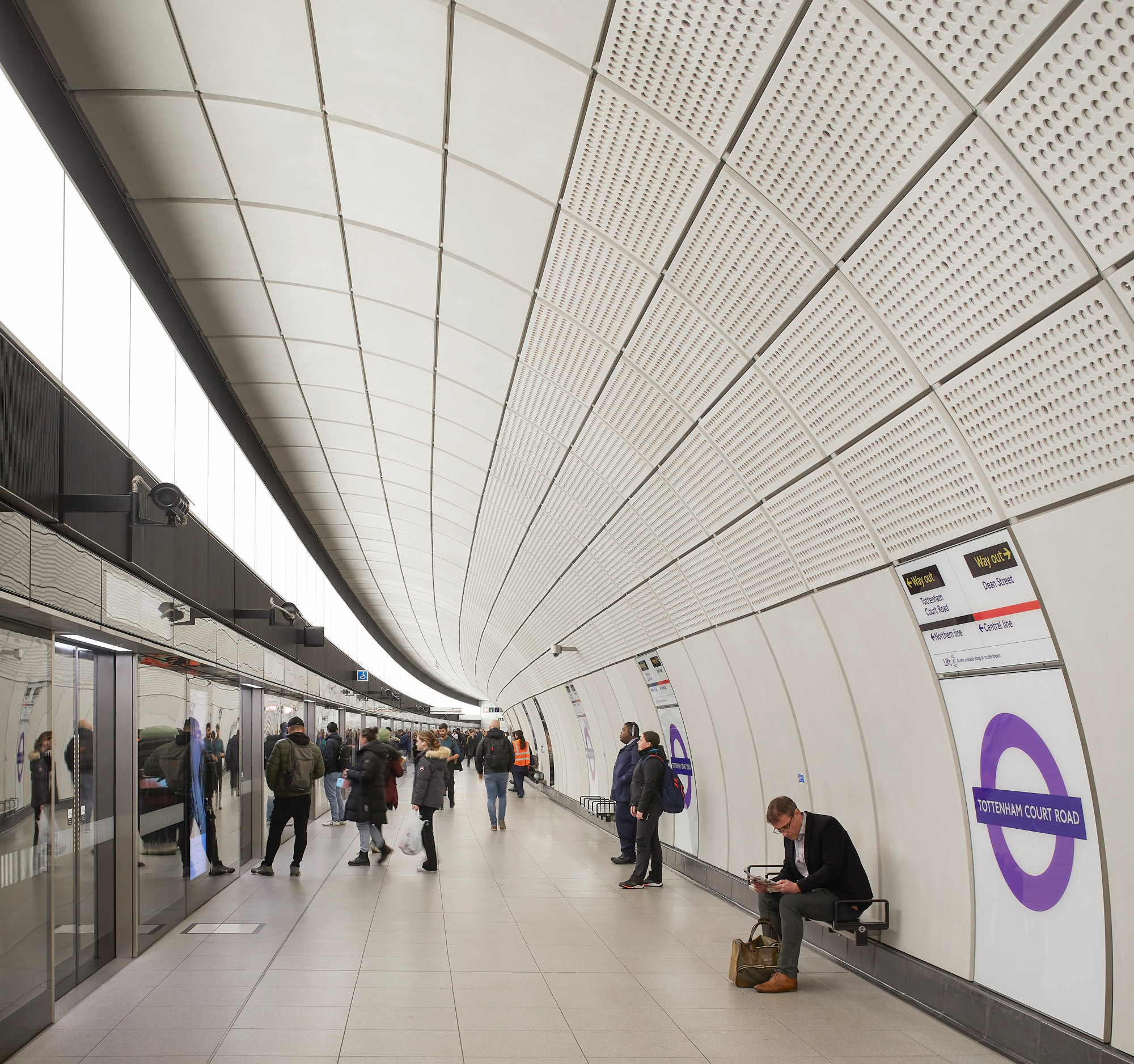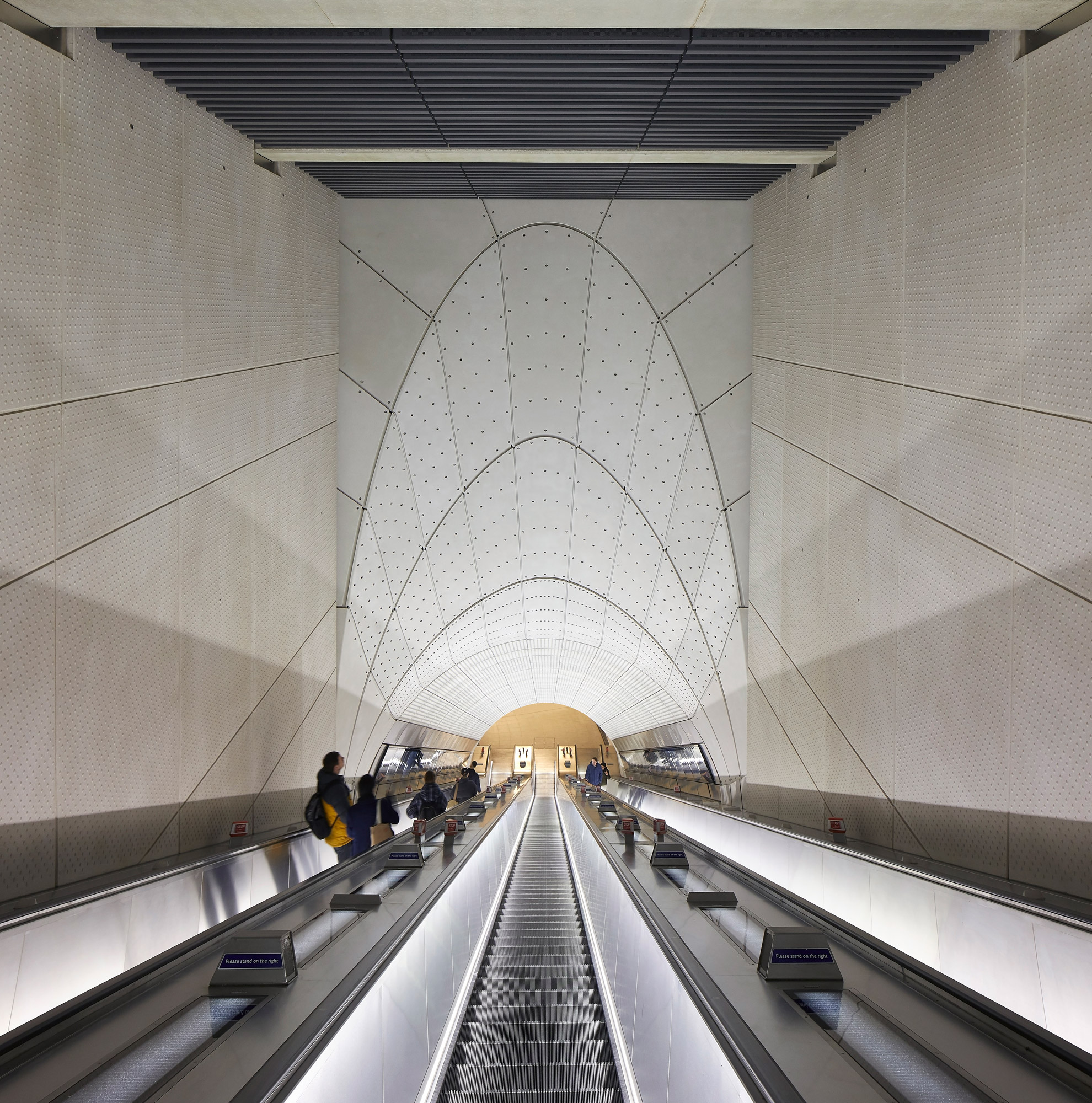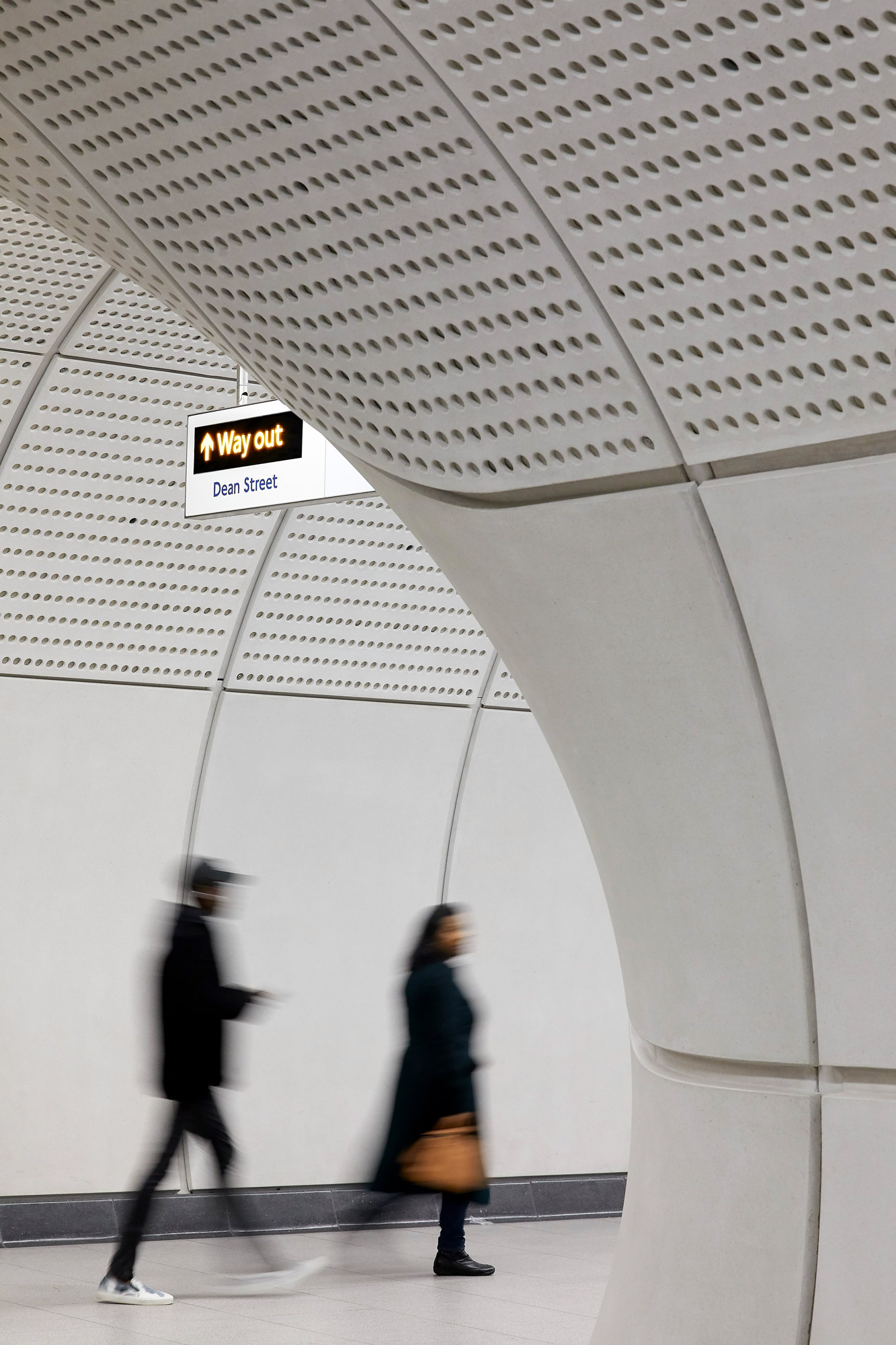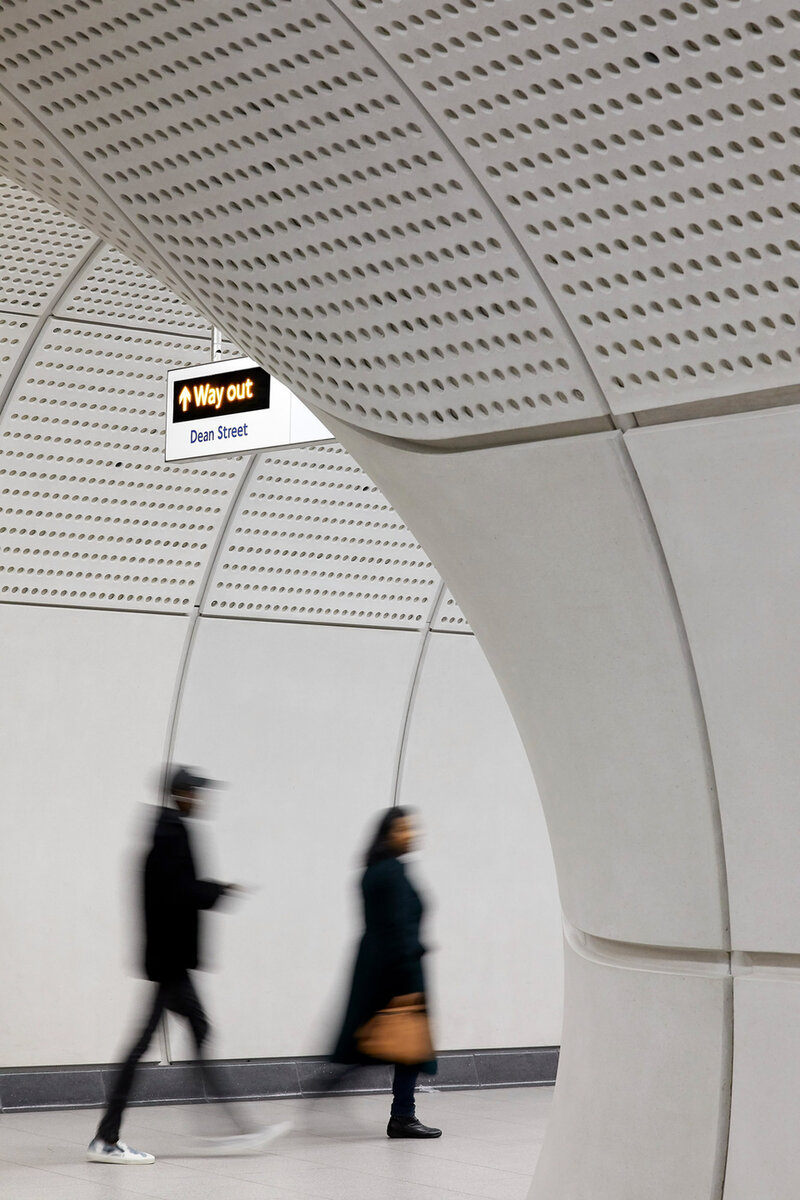
Render of the new Stockholm Central Station. Credit: Katy Harris/Foster + Partners/Jernhusen
Main video supplied by Ievgenii Gorun/Creatas Video+ / Getty Images Plus via Getty Images
When it comes to developing new stations or modernising existing ones, sustainability-by-design is now central to the process. Today’s designers are embedding it from the outset, taking a holistic approach that encompasses everything from location and net-zero goals to operational efficiency, embodied carbon and climate resilience.
This marks a shift away from sustainability as a checklist item toward an integrated design philosophy, enabling multidisciplinary teams to identify opportunities early to reduce carbon and improve performance.
“Close collaboration between disciplines such as mechanical, electrical and plumbing, and fire and tunnel ventilation, helps to minimise complexity and resource intensity while ensuring technical robustness and practicality,” notes Arup director, Kim Quazi.
Arup’s modular ‘kit-of-parts’ approach, used on projects such as Cityringen in Copenhagen, shows how design efficiency and adaptability can go hand in hand. This can simplify construction, reduce waste and allow for easier maintenance, making sustainability both achievable and durable rather than aspirational.
A similar philosophy underpins 7N Architects’ Hub Station concept for Network Rail – a flexible design system of pre-approved components. By embedding renewable energy generation and low-carbon materials within a repeatable yet locally-adaptable framework, the model prioritises longevity, ease of maintenance and passenger experience.
“A truly sustainable station is one that gives back more to its community than it takes,” says Ben Watson, director, 7N Architects. “It’s not just about minimising its carbon footprint, but maximising its positive impact on people’s daily lives.”
Passive and human-centred design
Adaptive reuse of existing structures plays a major role in sustainability, as “the most sustainable building is the one that’s already there,” Watson notes.
Stuart Grahn, principal at architect firm Grimshaw, shares this emphasis on longevity and simplicity. Passive design lies at the heart of his organisation’s strategy, particularly in concourses where daylight and natural ventilation reduce heating and cooling needs. “Natural light can even serve as a form of passive wayfinding,” he says referencing the redesign of London Bridge station, where daylight was used to intuitively guide passengers to platforms.
The practice also promotes lean construction and early contractor collaboration to cut waste and accelerate delivery. Off-site manufacturing and modular systems shorten build times, improve safety and minimise disruption.
Climate resilience
Climate resilience is also a defining part of sustainable station design. In Hong Kong, Arup incorporated elevated platforms, flood protection and ventilation strategies for heat and humidity, while on the HS2 Interchange, advanced climate modelling shaped a parametric roof design that strengthens the timber structure against projected climate impacts.
Grimshaw undertook a similar climate change adaptation study for its London Bridge project. “We selected materials for their robustness and suitability under predicted increases in temperature, wind and storm frequency,” says Grahn, “plus the roof design carefully controls the amount of south-facing light to offset rising summer temperatures.”

London Bridge Station. Credit: Agnese Sanvito
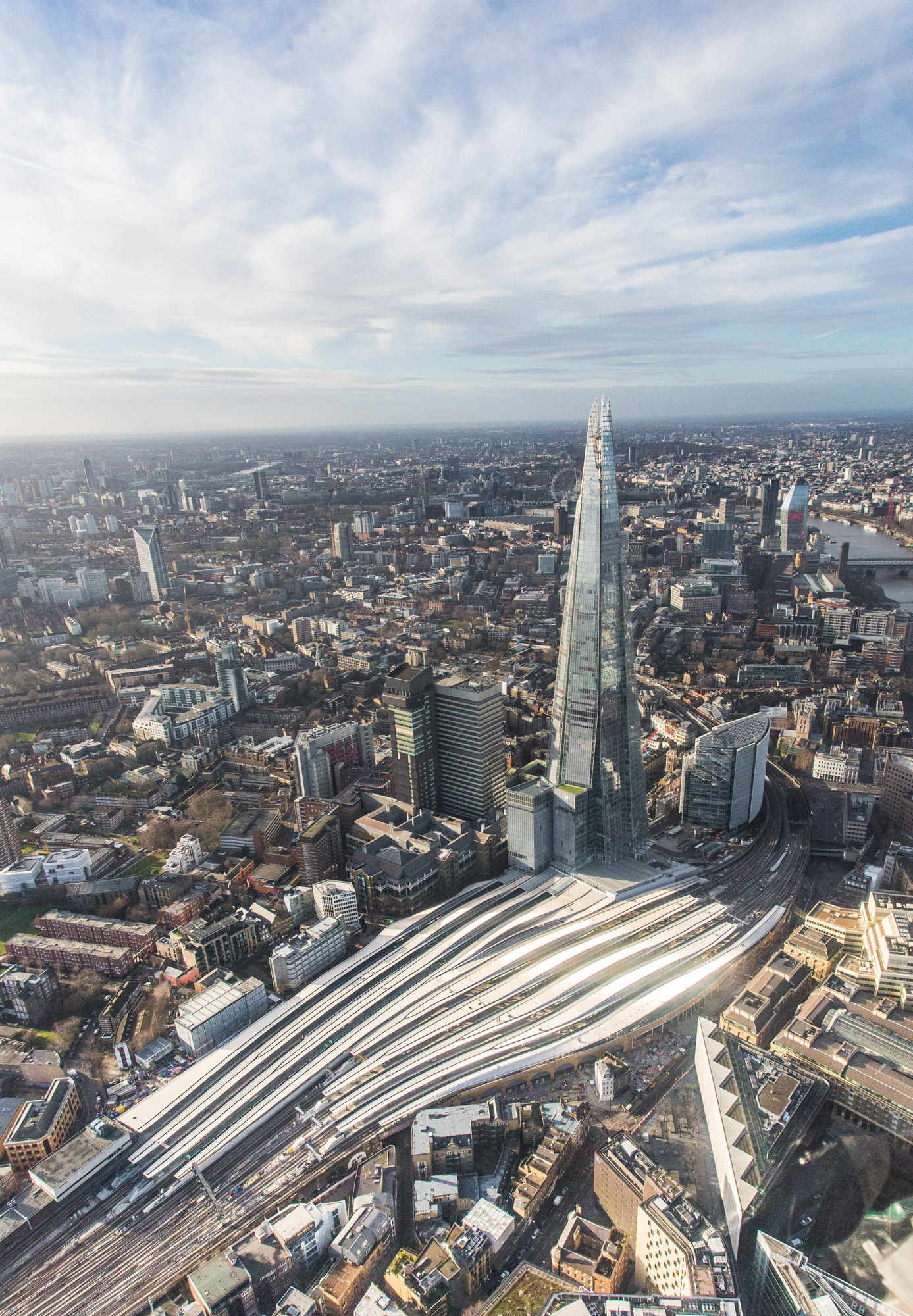
London Bridge Station. Credit: Ralph Hodgson

London Bridge Station. Credit: Paul Raftery
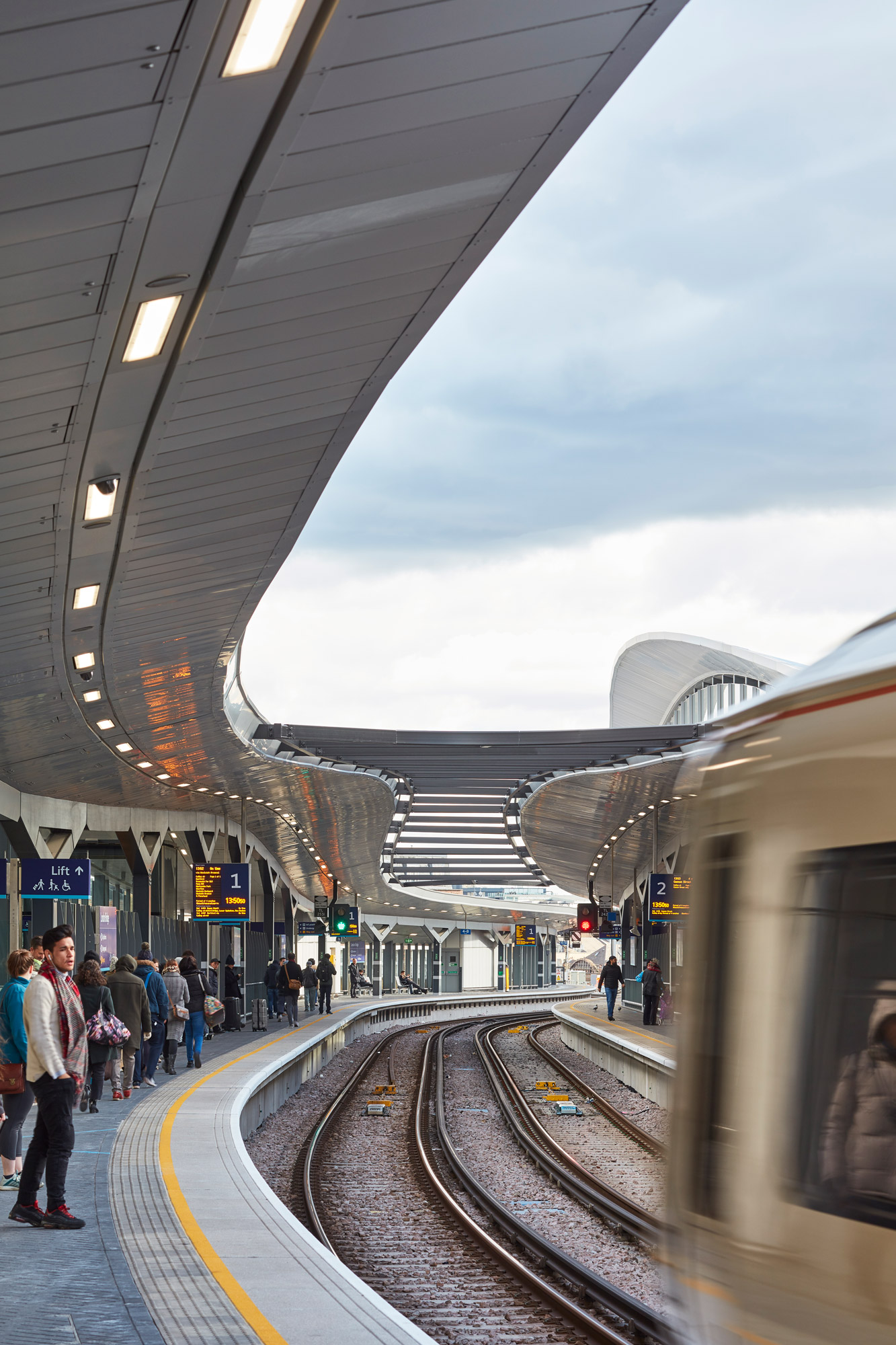
London Bridge Station. Credit: Paul Raftery
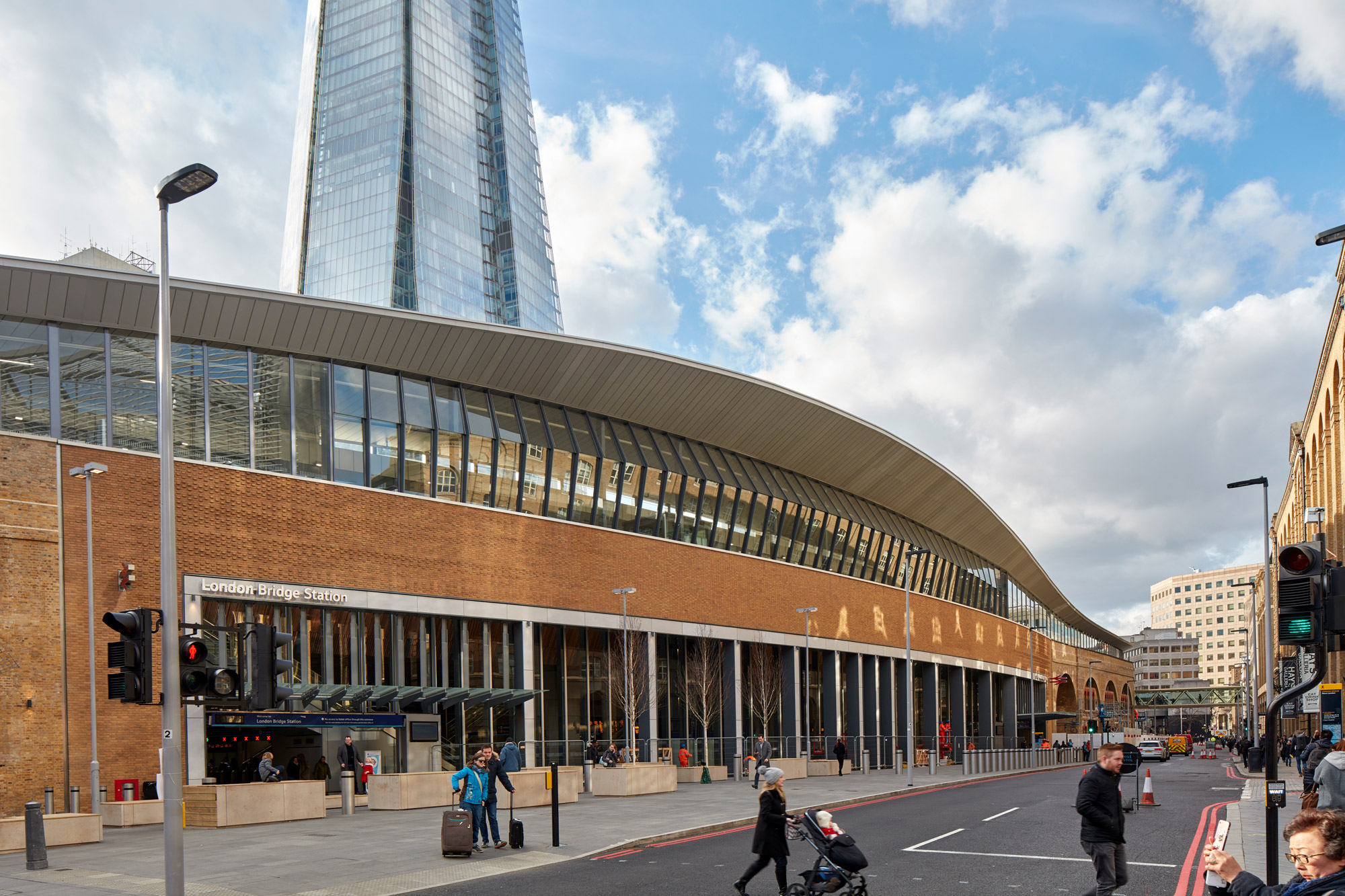
London Bridge Station. Credit: Paul Raftery

London Bridge Station. Credit: Paul Raftery
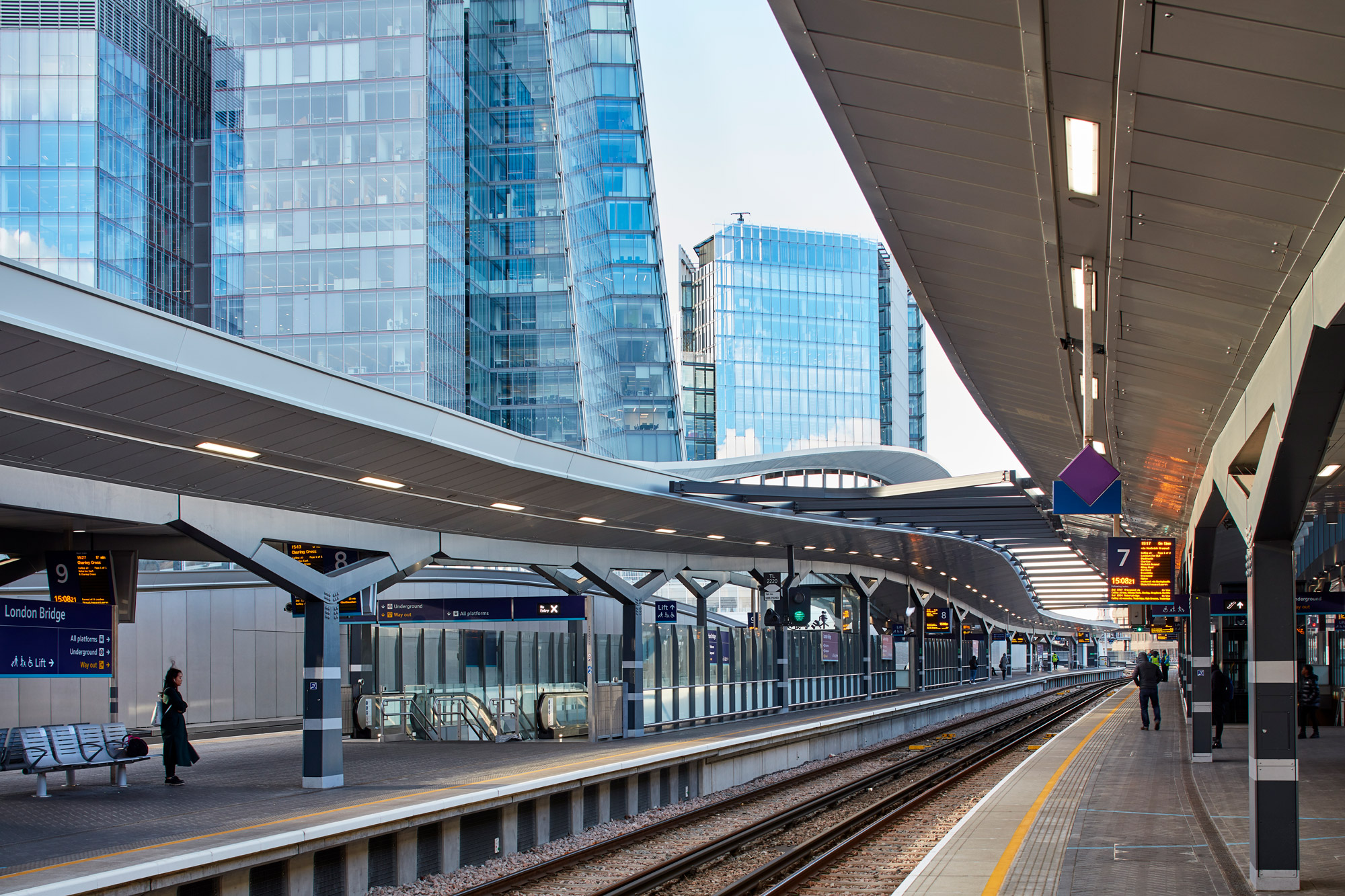
London Bridge Station. Credit: Paul Raftery
The future of sustainable stations
Looking ahead, data-driven design, adaptive materials and regenerative thinking will shape the next generation of stations. Grimshaw is expanding post-occupancy evaluations to collect operational and energy data, feeding insights back into future projects for example, and in collaboration with the World Business Council for Sustainable Development and the World Green Building Council, has developed the Minoro carbon management online platform and toolkit.
Stations will need to act as catalysts for cities – not simply as termini, but as multi-modal, active parts of the urban fabric, Grahn adds. He advocates for applying regenerative principles to regional hubs under programmes like East West Rail and Northern Powerhouse Rail, connecting local energy, water, biodiversity and wellbeing goals.
Quazi meanwhile, stresses that technology isn’t always the answer, and that passive strategies such as daylighting and thermal mass remain vital for energy efficiency, while digital tools can help model and optimise performance. “Station modelling can help reduce concourse size while maintaining comfort and safety, and refine roof geometry for light, heat and water management,” Quazi explains.
Engineered timber is another area of innovation. In collaboration with the Copenhagen Metro Company, Arup found it could meet structural, fire and durability standards while cutting embodied carbon by up to 50%. Its modularity and lighter weight also support circular economy principles through reuse and disassembly.
As Quazi notes, “Sustainable design is about doing more with less”. Combined with Watson’s belief that the most effective strategy is deceptively simple – design stations that people love – the next generation of stations looks set to become not just low-carbon transport nodes, but enduring civic spaces that connect communities, regenerate local ecosystems and embody what sustainability truly means.
HS2 Birmingham Curzon Street
Designed as a landmark interchange for Birmingham, the new HS2 Curzon Street station connects high-speed rail with Moor Street and the West Midlands Metro. Sustainability has been integral throughout, earning the design a BREEAM ‘Excellent’ rating and targeting a 50% reduction in lifecycle carbon over 120 years. The design aims for net-zero regulated energy use, combining air-source heat pumps, LED lighting and rooftop solar photovoltaics to deliver 103% in emissions savings.
Natural ventilation, rainwater harvesting and a lightweight plastic roof will reduce operational energy and material use, while flood-resilient drainage is designed for up to a 60% increase in peak rainfall.
Network Rail Hub Station Programme
Developed by 7N Architects in collaboration with Network Rail, the Hub Station design system sets a new standard for sustainable, community-focused rail architecture. Conceived as a modular design guide for small and medium stations, it uses a flexible kit-of-parts made up of standardised elements embedded with low-carbon, adaptable and self-sufficient design principles.
From renewable energy generation to locally appropriate materials, every component supports longevity, ease of maintenance and passenger comfort. The first generation of Hub Stations will soon roll out across the UK.
The Elizabeth Line
Crossrail set a new benchmark for climate-resilient, low-carbon infrastructure and was one of the first major UK projects to publish a climate change adaptation report, says Grahn. Sustainability was embedded across every stage of delivery, from using cement-replacement concrete, which cut embodied carbon by up to 74%, to developing thin glass fibre reinforced concrete panels that halved material use. Energy-efficient LED lighting and hybrid, hydrogen or solar-powered equipment further reduced emissions.
Climate resilience was also integral to the Elizabeth Line’s design, with measures such as automatic flood barriers, entrance shading and natural ventilation built in to address rising temperatures.
Predictive analytics is no longer a theoretical concept, it is becoming a practical tool which allows hospitals to anticipate equipment breakdowns before they occur, ultimately protecting patients and saving costs.
Dyke Ferber, clinician scientist at the Else Kröner Fresenius Center for Digital Health
Caption. Credit:
Total annual production
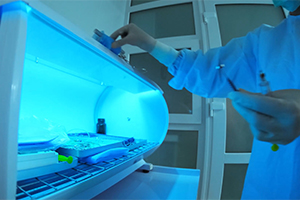
Australia could be one of the main beneficiaries of this dramatic increase in demand, where private companies and local governments alike are eager to expand the country’s nascent rare earths production. In 2021, Australia produced the fourth-most rare earths in the world. It’s total annual production of 19,958 tonnes remains significantly less than the mammoth 152,407 tonnes produced by China, but a dramatic improvement over the 1,995 tonnes produced domestically in 2011.
The dominance of China in the rare earths space has also encouraged other countries, notably the US, to look further afield for rare earth deposits to diversify their supply of the increasingly vital minerals. With the US eager to ringfence rare earth production within its allies as part of the Inflation Reduction Act, including potentially allowing the Department of Defense to invest in Australian rare earths, there could be an unexpected windfall for Australian rare earths producers.
